Disclosure: This article contains affiliate links. We may earn a commission from purchases at no extra cost to you, which helps our travel content.
There's something about the way light behaves in sub-zero temperatures that fascinates the physicist in me. In Sapporo, during winter, photons seem to dance with heightened energy across snow-covered landscapes and through crystalline air. Perhaps it's the refraction principles at work or simply the stark contrast between warmth and cold, but Hokkaido's capital after dark presents one of the most captivating studies in luminescence I've encountered in my travels. Having spent years analyzing wave functions in sterile laboratories, I now find myself drawn to the living experiment that is Sapporo's winter nightlife—where the conservation of energy takes on new meaning as the city transforms its frigid temperatures into a playground of light, sound, and warmth. Join me as I navigate the quantum field of Sapporo's nocturnal offerings, from the molecular gastronomy of its izakayas to the synchronized oscillation of revelers in its underground clubs.
Susukino: The Thermodynamics of Hokkaido's Entertainment District
The second law of thermodynamics states that entropy—disorder—tends to increase in an isolated system. Susukino after nightfall seems to defy this principle, its chaotic energy somehow coalescing into a remarkably ordered experience. As Sapporo's premier entertainment district, it forms a complex system of interconnected establishments where energy transfers from one venue to another with remarkable efficiency.
My exploration began at the iconic Ramen Yokocho, a narrow alley housing some 17 ramen shops. The physics of flavor here is worth noting—how the thermal energy of broth, typically hovering around 80°C, interacts with Hokkaido's famous miso base to create molecular combinations that simply don't exist elsewhere. The steam rising from my bowl created localized weather systems that fogged my anti-fog glasses, a small price to pay for such culinary perfection.
Moving deeper into Susukino, I discovered Bar Yamazaki, a whisky sanctuary where time dilates in the most pleasant way. The bartender—a master of precision—poured Hokkaido whisky with the careful measurement of a laboratory technician. The amber liquid captured and refracted light from the minimalist fixtures above, creating a spectrum analysis visible only to the attentive observer. Here, among fellow appreciation-oriented drinkers, I found conversation that rivaled some of my most stimulating academic conferences, albeit with considerably more laughter.
What makes Susukino exceptional is its density function—the mathematical relationship between space and experience. In just six compact city blocks, one can sample the full spectrum of Japanese nightlife, from high-end cocktail bars to raucous izakayas, each establishment a discrete energy state in this quantum field of entertainment.

💡 Pro Tips
- Visit Ramen Yokocho before 9pm to avoid the longest queues
- Bar Yamazaki doesn't advertise—look for the small wooden door between a convenience store and a karaoke bar
- The King Xmhu cocktail bar offers the best observation point of Susukino's main crossing
Sapporo Snow Festival Illuminations: Light Particles in Their Most Joyful State
If you've ever wondered what photons might do for recreation, I suggest observing Sapporo's Odori Park during the Snow Festival illuminations. Here, light particles appear to be having the time of their quantum lives.
The Sapporo Snow Festival (Yuki Matsuri) transforms 1.5km of Odori Park into what I can only describe as a large-scale demonstration of light's wave-particle duality. Massive snow and ice sculptures—some towering over 15 meters high—become canvases for projection mapping and elaborate lighting designs. The physics at play is remarkable: as temperatures drop to -5°C or below, the crystalline structure of ice achieves optimal transparency, allowing for light diffusion effects impossible in warmer climates.
During my visit last February, I witnessed a 25-meter recreation of Kinkaku-ji Temple carved entirely from packed snow. As night fell, precisely calibrated lights transformed it from mundane white mass to golden spectacle. I found myself calculating the angles of incidence as different colored lights interacted with various snow densities, creating an unintentional but beautiful lesson in optics.
For optimal viewing, I positioned myself strategically with my compact tripod, which proved invaluable for capturing long-exposure photographs of the light displays. The compact design slipped easily into my jacket pocket when not in use—an important consideration when ambient temperatures make removing gloves for equipment assembly a painful proposition.
Beyond the main Odori site, Susukino hosts its own ice sculpture competition where bartenders from local establishments create frozen art that doubles as advertisement. The thermodynamic instability of these sculptures—their inevitable return to entropy—adds a poignant temporality to their beauty. In physics as in life, impermanence often enhances value.

💡 Pro Tips
- The illuminations run from sunset (around 4:30pm) until 10pm during the Snow Festival period
- Tuesday and Wednesday evenings typically see smaller crowds
- The T38 observation tower offers aerial views of all illuminated sculptures for a small fee
Whisky Wonderland: The Molecular Gastronomy of Hokkaido Spirits
There's a fascinating correlation between latitude and whisky quality that I've observed in my travels. At approximately 43°N, Sapporo sits at almost exactly the same latitude as Scotland's Speyside region. This geographic coincidence manifests in remarkable ways across Sapporo's whisky bars.
The crown jewel of Sapporo's whisky scene is undoubtedly Bar Yamazaki, but my scientific curiosity led me to the less frequented establishments where experimentation flourishes. At The Pot Still, a basement bar near Nakajima Park, I discovered a bartender applying principles of molecular gastronomy to traditional Japanese whisky service. Using precisely controlled temperature gradients, he demonstrated how the same Nikka Yoichi single malt presents entirely different aromatic compounds when served at 7°C, 13°C, and 19°C respectively.
This experience reminded me of laboratory controlled experiments, though with considerably more pleasurable results. The bartender—Takeshi-san—explained that Hokkaido's water source, filtered through volcanic rock, creates a minerality profile that interacts uniquely with oak-aged spirits. He offered samples of the same whisky diluted with different water sources, effectively creating a blind experimental control that would impress my former colleagues.
For those seeking a more comprehensive education, Bar Landscape in the Susukino district offers what they call a 'whisky flight through physics'—five expressions of Japanese whisky arranged to demonstrate concepts of density, viscosity, and molecular structure. The proprietor, a former chemistry teacher, uses whisky as his medium for scientific education.
My evening ended at Nikka Bar, an official establishment of the Nikka distillery located in Sapporo's redeveloped factory district. Here, amid industrial-chic décor that honors Hokkaido's manufacturing heritage, I sampled limited releases while engaging with fellow enthusiasts about the thermodynamics of distillation. My pocket notebook quickly filled with tasting notes and impromptu diagrams of molecular structures—a habit from my research days that now serves a more recreational purpose.
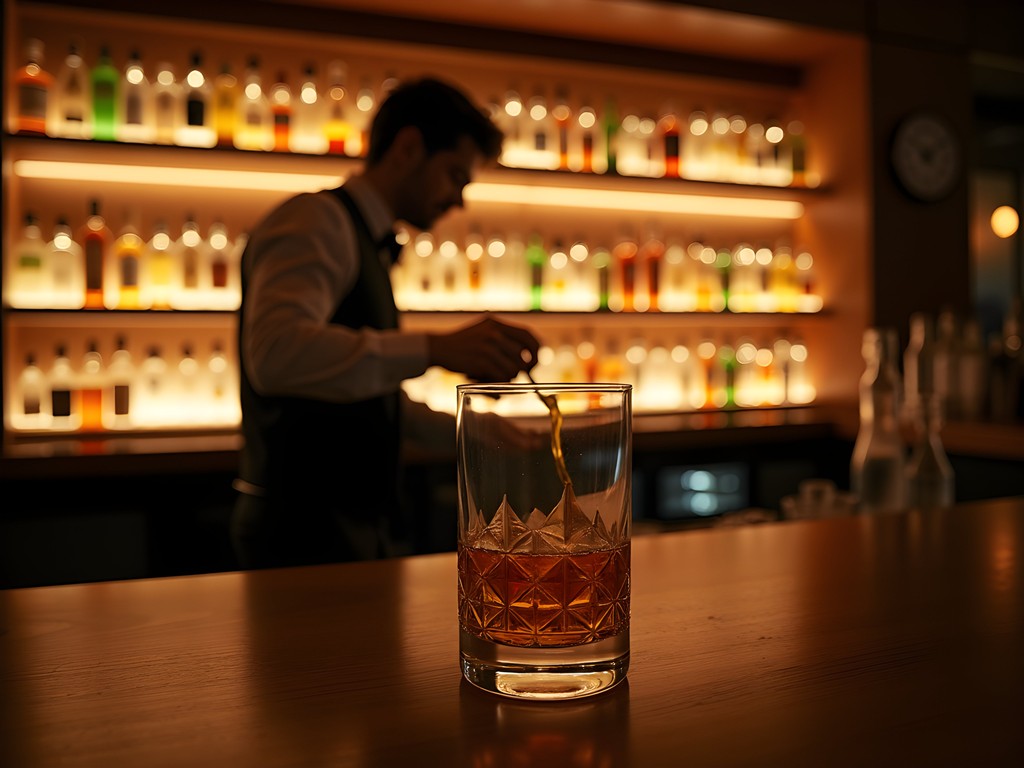
💡 Pro Tips
- Request the whisky temperature experiment at The Pot Still, but call ahead as Takeshi-san works only Thursday through Sunday
- Bar Landscape requires reservations during winter festival season
- Nikka Bar's flight sets change monthly; February features their peated expressions
Underground Sound: The Acoustics of Sapporo's Hidden Club Scene
Sound waves behave differently in cold, dense air—a principle that Sapporo's underground club designers seem intuitively to understand. While Tokyo's clubs might emphasize visual stimulation, Sapporo's venues focus on acoustic perfection, creating spaces where sound behaves in mathematically interesting ways.
My investigation began at Precious Hall in Susukino, where the weekend sees international DJs performing to a crowd sophisticated in their musical tastes. What struck me immediately was the room's unusual geometry—non-parallel walls and carefully placed acoustic diffusers that eliminate standing waves while creating a sound field of remarkable clarity. When I inquired, the manager revealed that the space was designed by an engineer from Sapporo's concert hall, applying classical acoustic principles to electronic music.
More experimental is Sound Lab Mole, located in a converted underground boiler room. The concrete walls, normally acoustic nightmares, have been transformed into assets through careful application of resonant frequencies. Bass notes here don't just reach your ears—they interact with your entire body in a way that can only be described as a full-spectrum physical experience. The club's name references both its subterranean location and the scientific approach to sound manipulation.
For those seeking a more intimate experience, Bar Bassic offers nightly jazz performances where the acoustics are so precisely calibrated that amplification becomes nearly unnecessary. Watching a saxophone player modulate their tone to match the room's natural resonance reminded me of wave function experiments from my earlier career—the mathematics of harmony made audible.
My night concluded at Rivoli, where local DJs blend traditional Ainu musical elements with contemporary electronic production. The result is a uniquely Hokkaido sound experience that honors the indigenous heritage of the region while pushing musical boundaries forward. My noise-cancelling earbuds remained unused in my pocket—this was sound worth experiencing in its full, unfiltered glory.
What makes Sapporo's club scene special isn't volume or exclusivity, but rather a thoughtful approach to how sound interacts with space, bodies, and the cold night air waiting outside. It's a reminder that physics isn't just about observation—it's about experience.

💡 Pro Tips
- Precious Hall has a strict no-photography policy to maintain focus on the acoustic experience
- Sound Lab Mole requires membership, but tourists can gain entry by showing a foreign passport
- At Bar Bassic, request seating along the north wall for the optimal acoustic sweet spot
Night Markets and Late-Night Dining: Thermal Energy Exchange
In thermodynamics, we study how energy transfers between systems. In Sapporo's winter nights, the most fascinating energy exchange happens between food vendors and frozen customers—thermal energy delivered through meticulously prepared late-night cuisine.
Tanuki Koji, Sapporo's oldest shopping arcade, transforms after 9pm when many conventional shops close and food stalls open. During winter, these covered walkways provide shelter from snowfall while retaining enough cold air to make the steam rising from food stalls visible—creating localized microclimates of comfort. The physics of convection becomes deliciously apparent as you move from the cold exterior to these pockets of warmth.
At Nijo Market, traditionally a morning destination for seafood, a handful of establishments now cater to night owls. Here I discovered Donburi Chaya, where a third-generation fishmonger serves kaisen-don (seafood rice bowls) until midnight. The thermal contrast between the cold fish (kept precisely at 1°C) and warm rice (maintained at 60°C) creates a temperature gradient that maximizes flavor release as the two components equilibrate in your bowl—and subsequently, your mouth. This is gastronomy informed by physical principles.
For a more social dining experience, the yatai (food stalls) that appear near Nakajima Park offer a study in efficient energy use. These small operations, many consisting of just a chef and a single burner, produce remarkable thermal output. Huddling with strangers around ramen or oden stalls, I was reminded of how humans throughout history have gathered around fire for warmth and community.
Most memorable was my discovery of an unnamed yokocho (alley) near Susukino Station where five food vendors share a single covered space. Here, I watched a chef manipulate the flame of his konro grill with the precision of a laboratory technician, adjusting the combustion rate to perfectly char Hokkaido scallops while leaving their centers cool and sweet. The temperature gradient across just two centimeters of shellfish demonstrated thermal physics principles more elegantly than any textbook diagram.
Bring your insulated travel mug to these night markets—vendors are often happy to fill it with hot tea or sake, providing you with a portable heating element as you continue your nocturnal explorations. The mug's vacuum insulation technology (a principle dating back to Dewar's flask in 1892) maintains liquid temperature remarkably well even in sub-zero conditions.
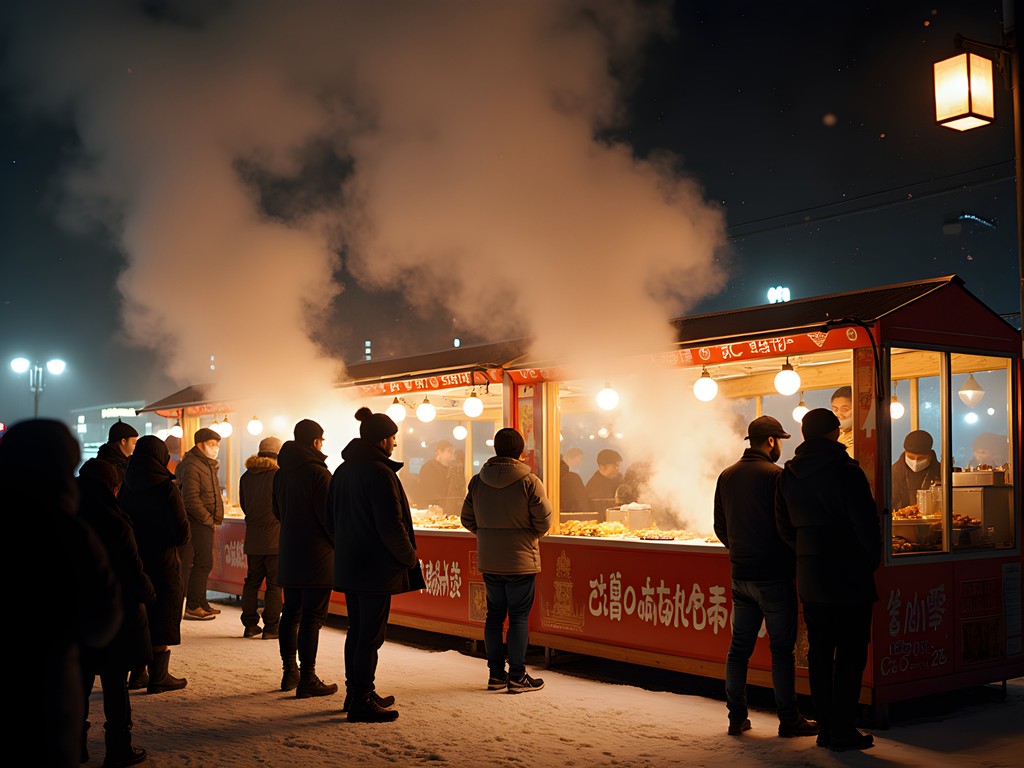
💡 Pro Tips
- Nijo Market's night operations run Thursday through Saturday only
- The unnamed yokocho near Susukino Station is located behind the 7-Eleven on Ekimae-dori
- At Tanuki Koji, food stalls at the eastern end typically offer the most generous portions
Final Thoughts
As a physicist, I've spent decades studying how energy behaves within controlled systems. But Sapporo after dark reminds me that the most fascinating laboratories are those we can immerse ourselves in completely. The city's winter nightlife operates as a complex adaptive system where light, sound, temperature, and human experience interact in ways both predictable and surprising. The conservation of energy principle manifests not just in the transfer of thermal energy from hot ramen to cold bodies, but in the social energy that transforms strangers into companions as the night progresses. Whether you're analyzing the optics of snow sculptures, the acoustics of underground clubs, or the thermodynamics of whisky service, Sapporo offers intellectual stimulation alongside sensory delight. As I return to São Paulo's heat, I carry with me not just memories but observations—data points in my ongoing experiment of experiencing the world through both scientific precision and human wonder. Sapporo has proven once again that the best field research happens after dark.
✨ Key Takeaways
- Sapporo's winter illuminations provide a unique study in light physics against snow and ice
- The underground club scene emphasizes acoustic design over visual spectacle
- Local whisky bars offer scientific approaches to tasting and temperature control
- Night markets create fascinating microclimates of warmth in the winter cold
📋 Practical Information
Best Time to Visit
Early February (during Snow Festival)
Budget Estimate
$100-150 per night including food, drinks, and entertainment
Recommended Duration
3-4 nights
Difficulty Level
Intermediate


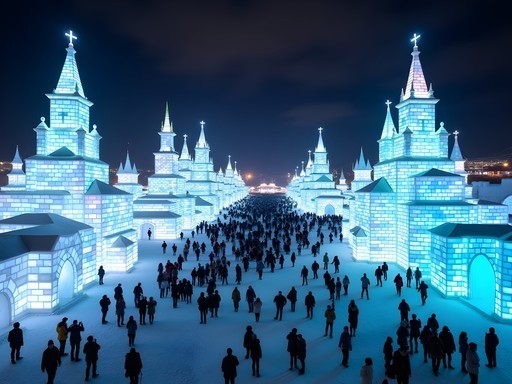
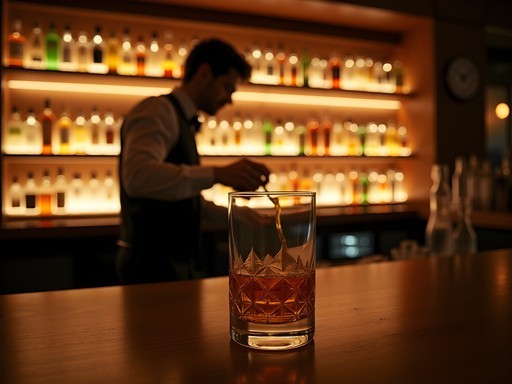
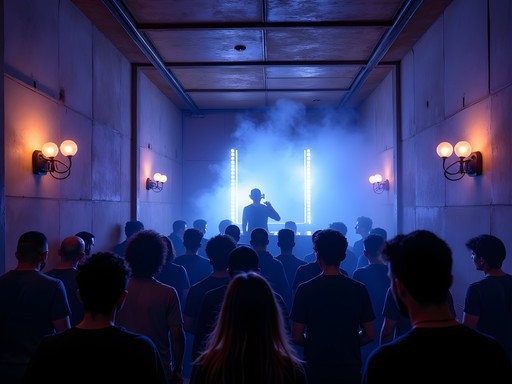
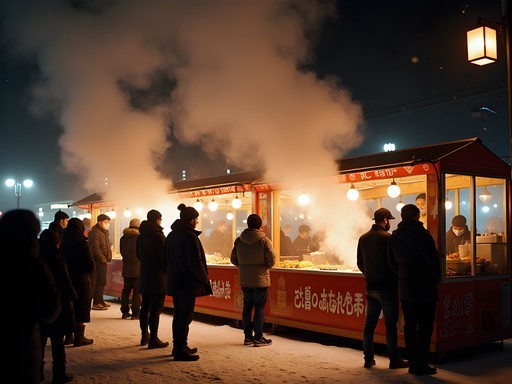


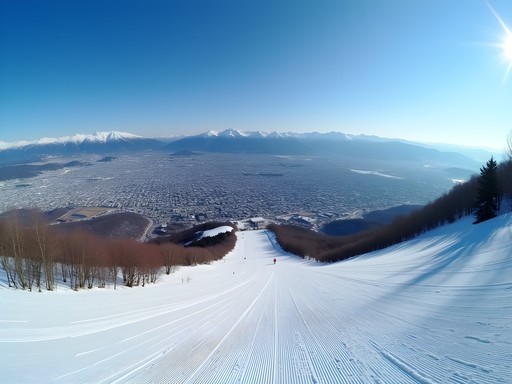
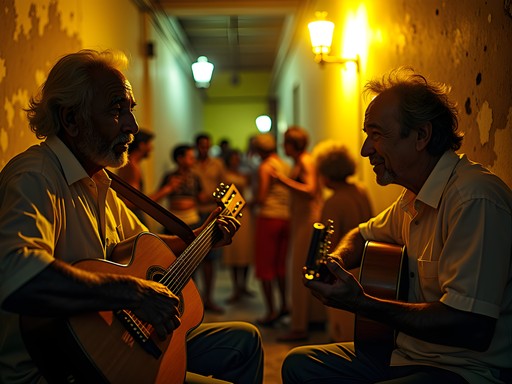
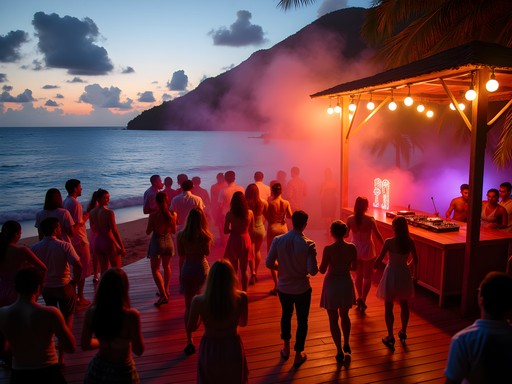
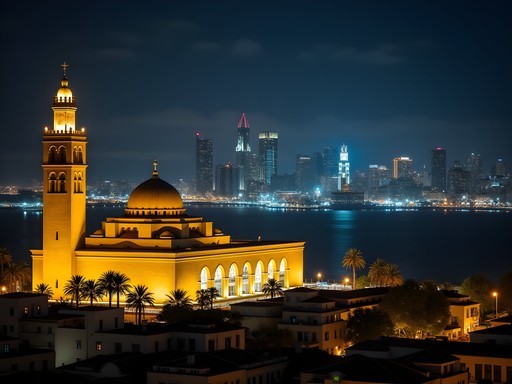
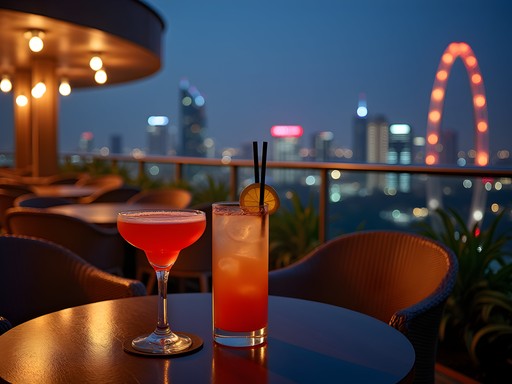
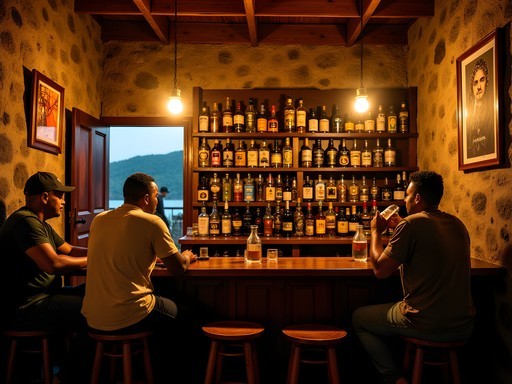
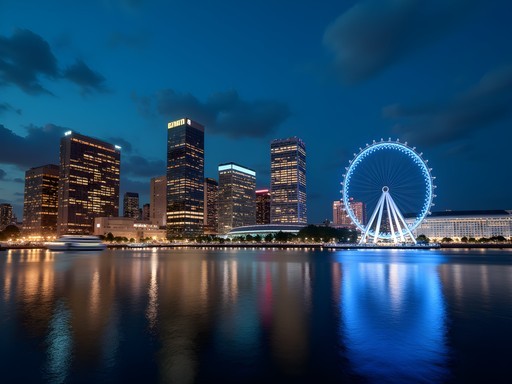
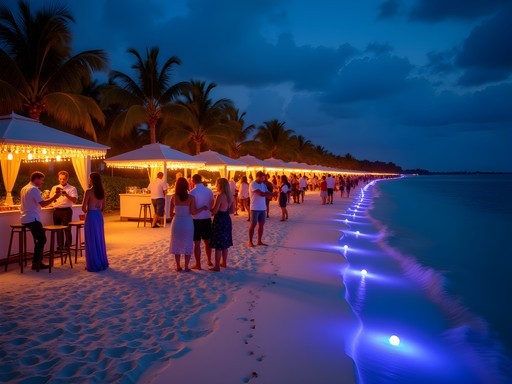
Comments
globepro
Just got back from Sapporo! Quick tip - the subway is super efficient for bar hopping but stops around midnight. Budget for taxis if you're planning late nights in Susukino. The illuminations are even better in person than photos suggest!
wavegal
Anyone know if the illuminations are worth seeing in early March or will they be finished by then?
mountainmood
The main Snow Festival ends mid-February, but Sapporo has other light displays through March. The White Illumination in Odori Park usually runs longer. Not as massive but still beautiful!
Sarah Powell
Chase, your physicist's perspective on Sapporo's winter illuminations offers a fascinating lens I hadn't considered before. The thermodynamic analysis of Susukino was particularly insightful. I visited during last year's Snow Festival and documented the temperature variations throughout the day to optimize viewing conditions. I found that between 6-8pm offered the ideal balance of crowd density and light quality. One addition to your underground scene section: there's a remarkable venue called Sound Lab Mole that hosts experimental music nights where acoustics interact with the architectural space in ways that would interest your scientific mind. They're located in an old converted warehouse with surprising sound properties. I used my noise-canceling headphones to record some of the ambient sounds for analysis later. The way sound waves behave in those cold, dense spaces creates unique acoustic properties.
mountainmood
Just got back from Sapporo last week and your post captures the vibe perfectly! The underground club scene was such a surprise - found this place called Precious Hall where they were playing this amazing mix of techno and traditional Japanese instruments. Also, pro tip for anyone going: most of the best whisky bars don't open until 7pm, but they stay open super late. We made friends with some locals who took us to a tiny place that wasn't even on Google Maps. Brought back a bottle of Hokkaido whisky that I'm saving for a special occasion!
wavelover
When's the best time in winter to see those illuminations? Planning a trip but dates are flexible.
Sarah Powell
Early February is optimal for the Snow Festival illuminations - I was there Feb 5-12 last year and it was perfect timing. The temperature hovers around -5°C to -10°C, so pack accordingly!
Nicole Russell
Chase, your physicist perspective on Sapporo's nightlife is so refreshing! I was there last winter and completely agree about the light behaving differently in those sub-zero temps. The Snow Festival illuminations literally took my breath away (or maybe that was just the cold lol). Susukino after dark has this amazing energy that's hard to describe - ended up in this tiny whisky bar where the owner spoke zero English but somehow we communicated through his collection of rare Japanese whiskies. Did you try any of the Nikka distillery stuff while you were there?
globepro
Nicole - which whisky bar was that? Heading there next month and definitely want to check it out!
Nicole Russell
@globepro It was called Bar Yamazaki, tucked away on a side street. Easy to miss but worth finding! The bartender wears this classic vest and bow tie combo, you can't miss him.
summerlegend
Those illuminations look incredible! Definitely adding Sapporo to my winter bucket list.
Haley Hamilton
Chase, your physicist's perspective on Sapporo's nightlife is so unique! Your whisky section brought back memories of my own adventure there last winter. I found this tiny bar in Susukino run by an elderly couple who've been collecting Japanese whisky for 40+ years. The husband explained how Hokkaido's water chemistry affects the flavor profile while his wife prepared the most perfect otsumami snacks to pair with each pour. One tip for anyone heading there in winter: the underground passageways connecting Sapporo Station to Odori and parts of Susukino are lifesavers when it's -10°C outside. You can bar hop through significant parts of the city without ever putting on your heavy coat! Also, don't miss the night views from the JR Tower observatory - watching the city lights refract through ice crystals in the air creates this halo effect that's pure magic.
wanderqueen
Is Sapporo safe for solo female travelers at night? Your underground club section sounds amazing but I'm a bit nervous about navigating the nightlife alone. Any tips?
Haley Hamilton
Not Chase, but I solo traveled through Sapporo last winter! It's incredibly safe - probably one of the safest nightlife scenes I've experienced worldwide. The clubs in Susukino are well-managed, and people are respectful. Public transport runs late, and taxis are reliable. Just learn the basic Japanese phrases for ordering and directions, and you'll have an amazing time!
wanderqueen
That's so reassuring, thank you Haley! Any specific clubs you'd recommend for someone who enjoys house music?
Haley Hamilton
Check out Booty in Susukino! Great house music and friendly crowd. The bartenders usually speak some English too, which helps!
freephotographer
Those illumination photos are stunning! What camera settings did you use for the night shots during the Snow Festival? I'm heading there this February and want to capture those light particles in their 'most joyful state' too!
Chase Rossi
Thanks! For most of the snow festival shots, I used a slow shutter speed (around 1/15) with a wide aperture (f/2.8) and kept ISO at 800. The trick was using a mini tripod - the travel tripod worked perfectly since it's light enough to carry all night but stable enough for those long exposures. The cold actually helps reduce sensor noise too!
freephotographer
Thanks for the detailed response! That makes sense about the cold reducing noise - hadn't thought of that advantage. Will definitely try those settings!
Venture X
Premium card with 2X miles, $300 travel credit, Priority Pass